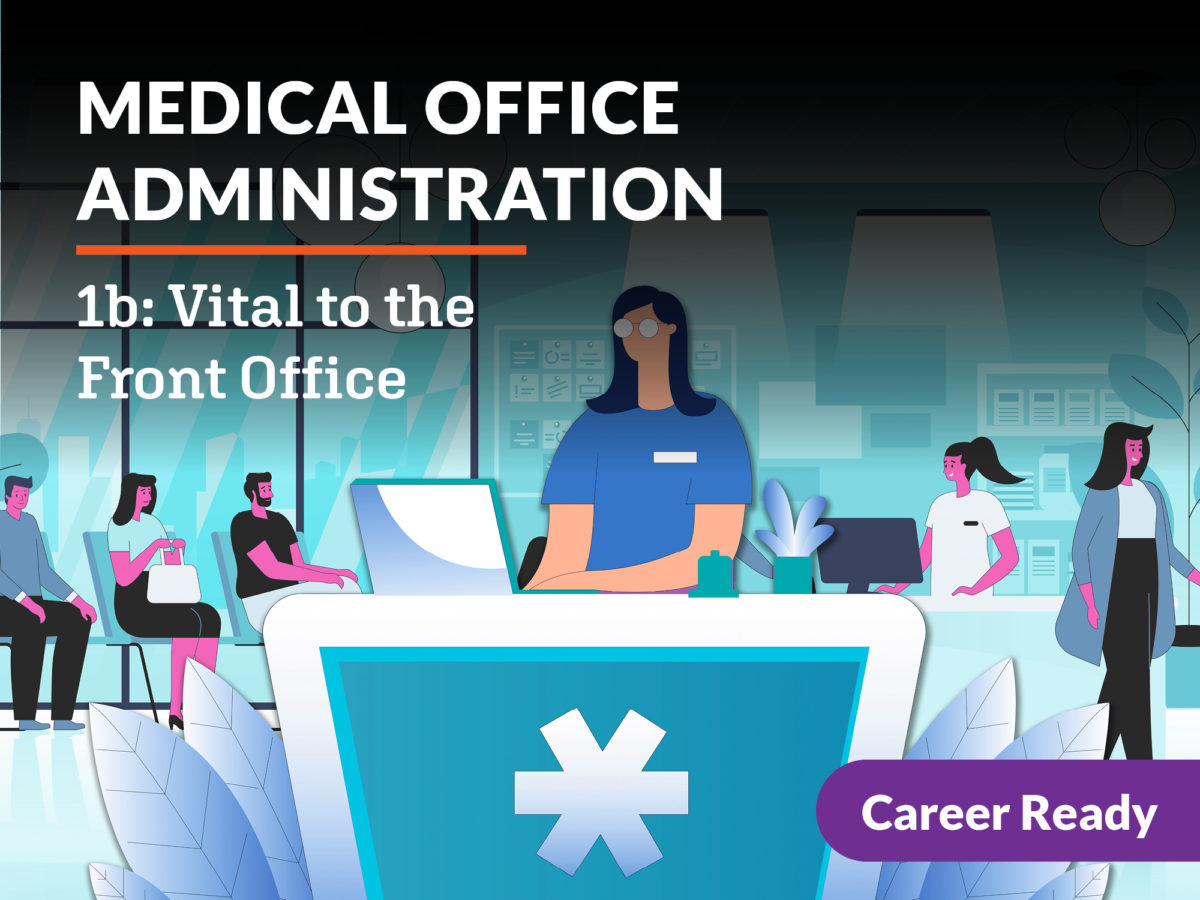Best Practices in Medical Administration for Improving Efficiency and Decreasing Costs
In the ever-evolving landscape of healthcare, the quest of best methods in medical administration is extremely important for enhancing performance and curbing costs. By incorporating advanced innovations such as digital health documents and telemedicine, medical care suppliers can streamline procedures and boost client treatment.
Leveraging Advanced Technology
The integration of electronic options into healthcare systems has actually changed the method facilities operate, simplifying procedures and improving client treatment. By systematizing individual information, EHRs eliminate the demand for troublesome paperwork and facilitate smooth communication amongst medical care companies.
Telemedicine is another technical advancement that has actually transformed patient communication. It uses convenience for both patients and health care experts by enabling remote appointments, which can minimize the need for in-person brows through and enhance appointment organizing. Additionally, telehealth systems can extend health care accessibility to rural or underserved locations, bridging voids in care shipment.
Furthermore, the usage of Artificial Intelligence (AI) and maker learning is ending up being increasingly common in anticipating analytics, permitting very early detection of prospective wellness issues and even more enlightened decision-making. These innovations, when incorporated effectively, can enhance analysis accuracy and individualize patient treatment strategies, ultimately causing enhanced health care end results and functional efficiency.
Optimizing Resource Appropriation
By strategically managing resources such as personnel, devices, and financial resources, health care centers can substantially boost their operational performance, enhance individual outcomes, and minimize unneeded expenditures. The first step in enhancing source allocation entails conducting a thorough analysis of current possessions and identifying locations where sources may be underutilized or exhausted.
Focusing on source allowance based on person demands and solution needs is essential. Applying versatile staffing models can also optimize labor sources by readjusting workers allowance in action to fluctuating patient quantities.
Funds need to be meticulously kept track of and assigned with calculated foresight to sustain both temporary operational needs and long-term institutional goals. This includes investing in training programs that boost team expertises and taking on energy-efficient techniques that lower functional costs (medical administration). Inevitably, a maximized resource allotment strategy cultivates a sustainable medical care environment that is responsive, efficient, and economically sensible
Streamlining Operations Processes
When healthcare centers purpose to boost operational effectiveness, simplifying workflow processes becomes a critical emphasis. Efficient process decrease redundancy, eliminate unnecessary steps, and improve sychronisation amongst medical care professionals. This method not just increases solution delivery yet additionally boosts the quality of client treatment.

Next, technology assimilation plays a considerable duty in improving operations. Executing digital wellness records (EHRs) and digital physician order entrance (CPOE) systems lowers paperwork, lessens human mistake, and guarantees details is available redirected here to all appropriate employees. Additionally, leveraging telemedicine systems can simplify client appointments and follow-ups, decreasing the pressure on physical framework.

Eventually, structured operations bring about cost decreases and boosted patient contentment, cultivating a more sustainable health care atmosphere.
Enhancing Information Monitoring
Structure upon structured operations, optimizing data monitoring comes to be an essential element ahead of time medical care management. Reliable information monitoring systems are important for keeping exact client records, improving decision-making, and ensuring conformity with governing criteria. By carrying out robust data administration services, healthcare facilities can boost the quality of person treatment while simultaneously decreasing operational costs.
One Learn More key aspect of enhancing information management is the integration of advanced electronic health document (EHR) systems. These systems promote the smooth exchange of person info across different divisions, minimizing replication of examinations and minimizing errors. A well-designed EHR system supports information analytics, making it possible for health care providers to recognize fads and make notified decisions relating to individual care.
In addition, securing individual data is extremely important. Embracing comprehensive cybersecurity procedures, including security and routine audits, ensures the stability and discretion of delicate info. This not only protects patients but additionally keeps the organization's reputation.
Buying team training is an additional vital variable. Enlightening healthcare experts on information monitoring techniques enhances their capability to successfully make use of modern technology, resulting in enhanced individual results. Finally, boosting data management through sophisticated innovation and detailed training is essential for accomplishing effectiveness and price decrease in clinical management.
Fostering Collaborative Communication
An important part ahead of time clinical management is cultivating joint interaction amongst medical care specialists. Reliable interaction is extremely important for ensuring smooth patient care, optimizing treatment outcomes, and reducing errors. By motivating open dialogue and sychronisation throughout multidisciplinary teams, medical care organizations can enhance their functional performance and lower unneeded prices.
Central to this strategy is the assimilation of communication innovations such as digital wellness records (EHRs) and secure messaging platforms, which facilitate the quick exchange of critical person details. These tools enable doctor to gain access to and share data in actual time, ensuring that all staff member are notified and lined up in their decision-making procedures. Normal team conferences and interdisciplinary rounds can additionally promote a society of partnership and liability.
Training programs focused on boosting communication abilities are likewise essential. These programs can aid personnel develop the capacity to communicate details clearly and pay attention actively, hence minimizing misunderstandings and fostering an encouraging workplace. Additionally, taking on standardized interaction protocols, such as SBAR (Situation, History, Assessment, Referral), can improve the exchange of details, guaranteeing that vital details are shared succinctly and successfully. Eventually, fostering collective interaction leads to enhanced medical care shipment and cost savings (medical administration).

Conclusion
Incorporating advanced innovation, such as electronic health and wellness documents and telemedicine, together with enhanced source allocation and streamlined workflow processes, visit is vital for enhancing efficiency in clinical management. Reliable information administration and promoting collective communication among healthcare groups are critical for decreasing redundancies and boosting treatment high quality. By prioritizing preventive care and involving in top quality enhancement efforts, healthcare companies can attain considerable expense savings and improved patient end results, therefore making certain lasting health care delivery in an increasingly intricate setting.
Comments on “The Value of Medical Administration in Health Care Monitoring”